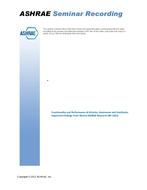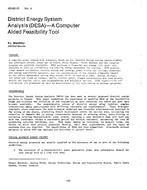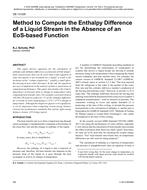Recently, the model predictive control (MPC) has been studied for an optimal operation of the building system. Compared to a conventional control scheme,the MPC decides control inputs based on a prediction of system behavior considering available information. Moreover, it can flexibly respond to unpredictabledisturbances that always occur in a built environment. We conducted a pilot study for an 8-story office building which is subject to a change of internal loadand electricity price to examine the potential and robustness of developed MPC algorithm. The plant system of target building consists of an air-cooledchiller, stratified water thermal energy storage, and fan coil unit with three heat exchangers and five variable speed pumps. The system dynamics was modeledin EnergyPlus. This model was combined with Building Control Virtual Test Bed (BCVTB) to automatically generate learning data for an artificialneural network model that was used as a surrogate model in the optimization problem. The epsilon-constrained differential evolution with random jumping(εDE-RJ) method was used to solve the optimization problem. For a single day in cooling season, developed MPC was applied to minimize the operationcost. The prediction time horizon and control interval were 10 h and 1 h, respectively and the control variables were the mass flow rates of pumps. As aresult, by implementing developed MPC algorithm, we confirmed that the daily energy use was reduced by approximately 60% compared to conventionalcontrol subject to unexpected disturbances.
Citation: 2018 Annual Conference, Houston, TX, Conference Papers
Product Details
- Published:
- 2018
- Number of Pages:
- 8
- Units of Measure:
- Dual
- File Size:
- 1 file , 1.1 MB
- Product Code(s):
- D-HO-18-C027


